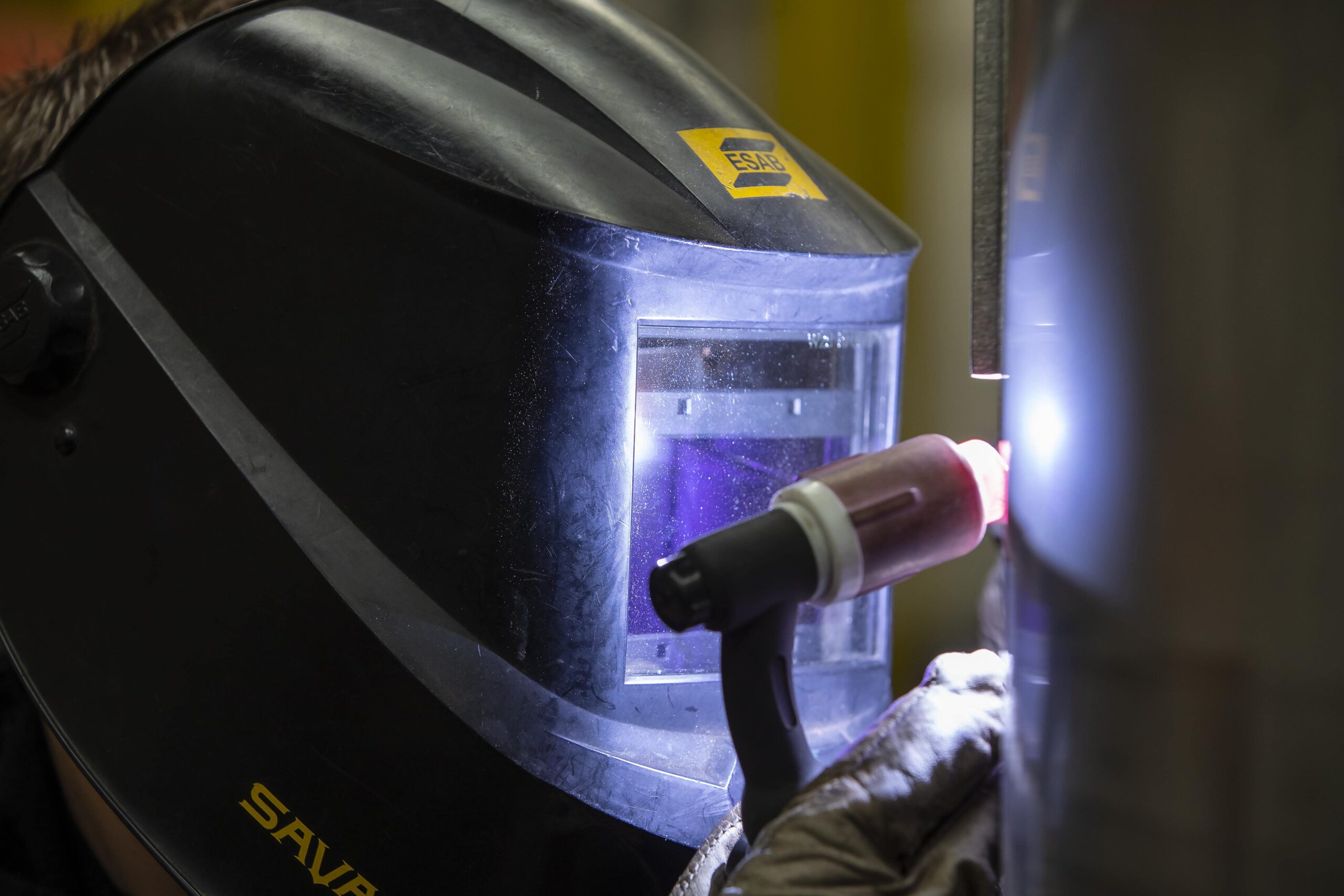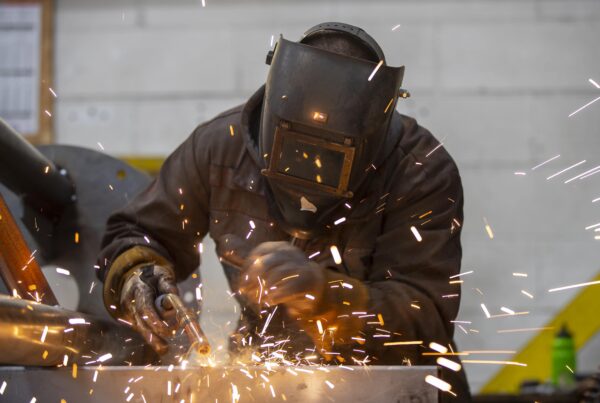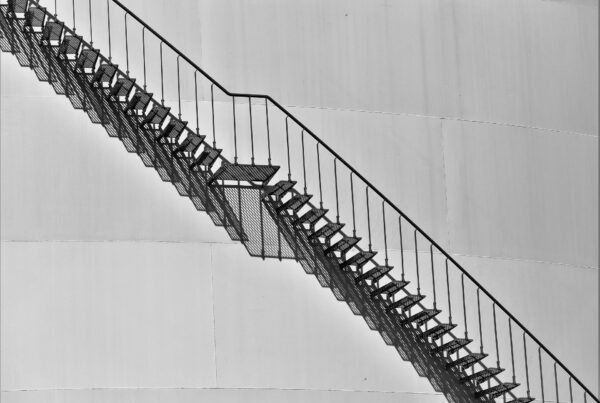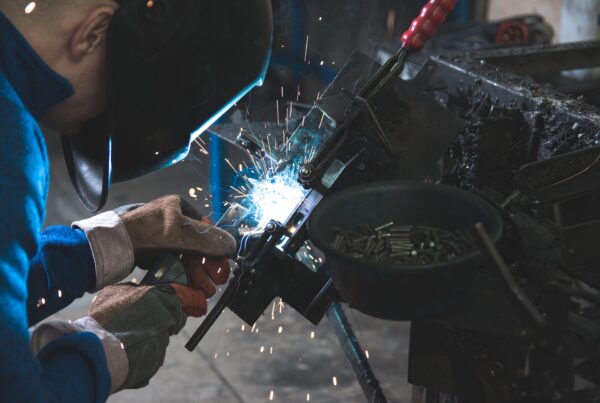Metal and plastic pipe cutting is one of the most basic techniques in fabrication and construction, whether on production lines, at industrial plants or on building sites, but while the basic principle may sound simple, successful fabrication is heavily dependent on choosing the right tools and techniques. Different materials, sizes, products and projects require very different tools. Here are six of the most common.
Abrasive cutters
These use a circular saw composed of a highly abrasive resin-composite material which moves across the pipe and basically grinds through it (although both shear and friction forces are involved). Different machines tackle different ranges of pipe diameter but although the technique is a simple one, it is not suitable for precision work or for thick materials. The heat generated can affect nearby areas.
Cold saws
A cold saw also uses a rotating blade but it rotates in a fixed location while the pipe is pushed across it while a mist of cutting fluid is usually applied. The technique is only suitable for perpendicular cutting but has the advantage of not damaging the surrounding area through heat generation and does not leave a significant burr. The limitation of cold saws is the diameters they will cut: the maximum bar size is under 2″ and no more than 3.5″ for hollow pipes.
Band saws
In these machines, the saw is a continuous and seamless toothed band rotating on two mounting wheels. Depending on the machine, the band may move vertically or horizontally or be adjustable and the process can be linked to electronics and automated. Band saws are probably the most common cutting method for cutting most kinds of rod, bar, pipe or tubing – whether one-off or for large production runs. However, they are not ideal for thin materials, the tolerances are limited and the method leaves a burr.
Shear cutters
Like hand shears, a shear cutter relies on applying extreme pressure using a combination of plates and punches. Shearing equipment can be automated and can work without much adjustment for a good range of sizes and material thicknesses – which provides speed advantages in long production runs. However, shear cutters are not the most cost-effective solution for small runs.
Lathe cutting
Lathes use a single point cutting tool mounted on a rotating spindle. Both the tool and pipe can be moved if necessary and the great advantage of using a lathe is its ability to perform other operations, such as grooving, boring or chamfering at the same time. Lathes can be automated for high volume production and work well on both solid and thin walled materials. Heat is generated so cooling fluids are often needed.
Laser cutters
A laser cutter is usually linked to a CNC machine which of course provides precise control as well as automation. The intense heat is applied so accurately to the cut line that there is negligible heat damage to the surrounding area, although there can be splatter inside the pipe. Lasers can tackle extra hard materials such as titanium, stainless steel and nickel alloys and are easily programmed to perform angular or curved cuts. The main disadvantage is the high cost of the equipment (both in capital outlay and running costs).
Other techniques
In some industries, chemical and explosive methods are used (for example, using thermite). These methods are relatively common in marine salvage, the petrochemical industry and in demolition but rare in fabrication industries.
Whatever your tube cutting challenge, you need the help of a fully equipped and experienced engineering company such as Walker Engineering to choose the right method for the job.











Recent Comments